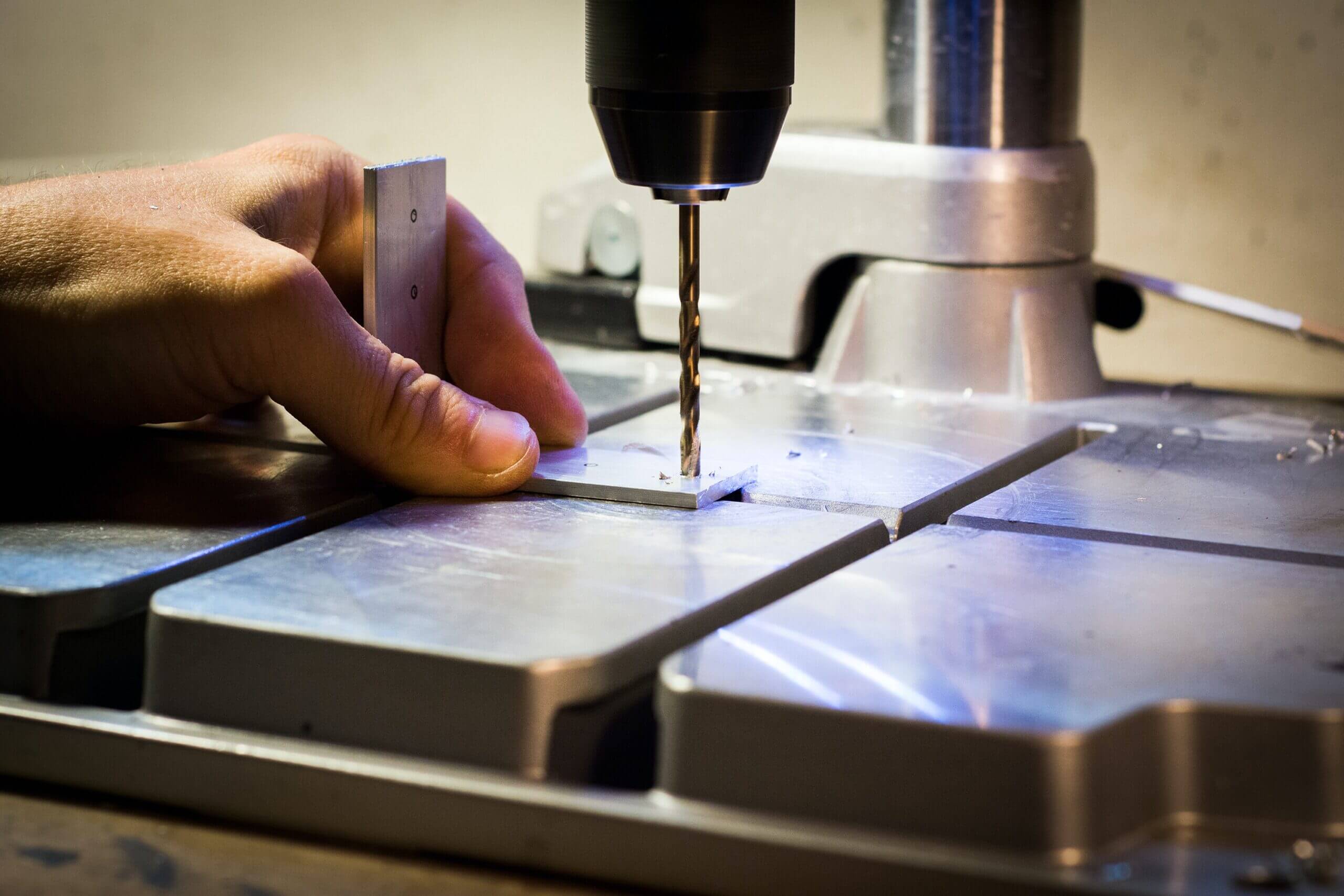Attempts to transition the global economy to net-zero carbon emissions over the next decade will continue to drive up commodity costs, particularly those required to create low-carbon technology.
Aluminium is no exception, but it presents a unique paradox: it is an essential component of electric cars and solar panels, yet its manufacture emits a significant amount of CO2—2 per cent of total world emissions.We’ll need enough aluminium to maintain developing technologies that decarbonize our economy while minimizing the impact on the environment.
We believe this will result in considerable price increases for the metal. In the face of increased demand and stalling supply growth, higher aluminium prices will be necessary to motivate smelters to invest in cleaner ways of production. Green demand for metal is increasing precisely as supply growth is expected to slow dramatically in the first part of this decade.
Due to stricter climate-related restrictions, investment in an extra aluminium capacity outside China has been significantly reduced.The electric car sector accounts for a sizable portion of the demand. For the rest of the decade, we expect the EV-related market to expand at a pace of 20% each year. On average, an EV has 250 kilograms of aluminium, which is 70 kilograms more than a car with an internal combustion engine.
The lightweight, recyclable metal is utilized in a variety of components, including EV-specific elements such as battery casings and electric motor housings and more standard automotive parts such as wheels and brakes.
Aluminium is also utilized in the majority of solar panel components, as well as wind turbine towers.Over the last six months, about 70 per cent of the world’s economies have revealed initiatives to reinforce their commitment to combating climate change, ranging from China’s 2060 net-zero vow to Europe’s carbon border tax proposal.
The momentum is present. Policymakers must make it more cost-effective for firms to move to more environmentally friendly manufacturing practices. One technique now being used in China is limiting coal-powered output, creating a shortage that green manufacturers must replace.
Another option is to compel firms to pay the cost of carbon emissions by policies such as a carbon tax, eventually rendering polluting industries uncompetitive.
The latter is now beginning in Europe, and we believe it will be the dominating approach in the future, as the metal is in the early stages of a multiyear bull market.

